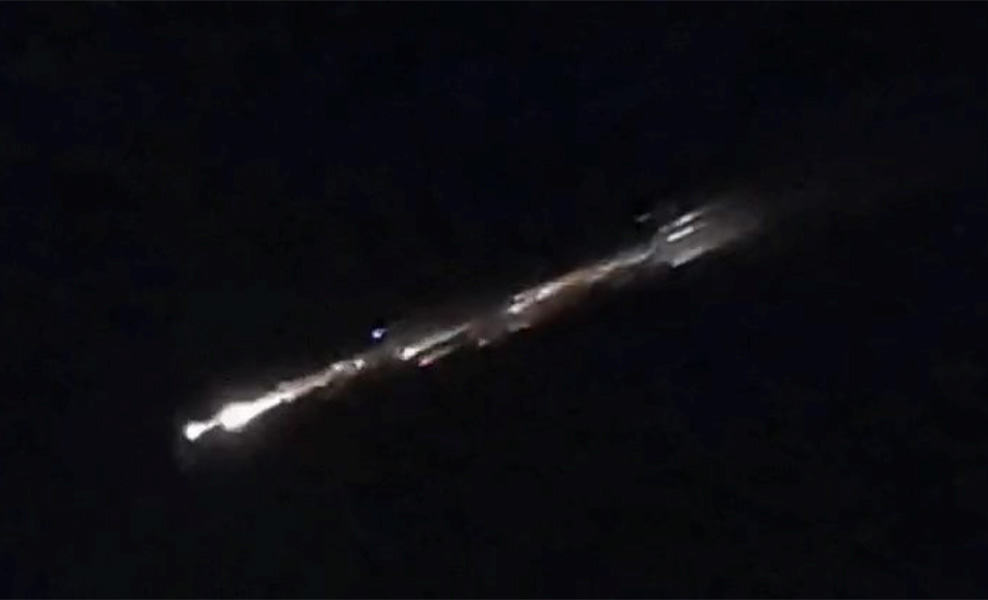Early Monday morning, peculiar lights illuminated the skies across various regions of the country, leaving onlookers in awe and prompting the capture of numerous videos.
Experts swiftly identified these celestial displays as space debris, particularly pinpointing lights attributed to object 53358, as per its NORAD designation.
Erick Sanchez, an astronomer and instructor at the University of Costa Rica’s planetarium, elucidated that the phenomenon likely stemmed from the re-entry into the atmosphere of remnants from the Chinese rocket Cháng Zhēng.
Sanchez clarified that the observed flashes were likely the result of human-made objects burning upon re-entry into Earth’s upper atmosphere.
“What could be seen in the videos and images was the disintegration of an object into numerous parts, just as it is seen when a satellite or space debris disintegrates and burns in the upper atmosphere,” the astronomer pointed out.
While speculation circulated regarding the possibility of the debris originating from the final stage of the Chinese rocket launched in 2022, Sanchez emphasized that such material posed no direct threat as it typically burns up completely before reaching the Earth’s surface.
“This is the famous space debris that has been talked about so much in recent years, which is a problem that at some point in the future will have to be managed to avoid the danger of collisions, especially with satellites in orbit or space stations,” Sanchez added.
Addressing inquiries about the potential for a meteorite, Sanchez dismissed the notion, citing the observed slow speed of the object captured in videos. “Given the very slow speed with which it was seen in the videos, the object does not fit with it being a meteorite. If it was a meteor, the phenomenon would have lasted only a second, entering at high speed and flashing very bright in the atmosphere,” he added






